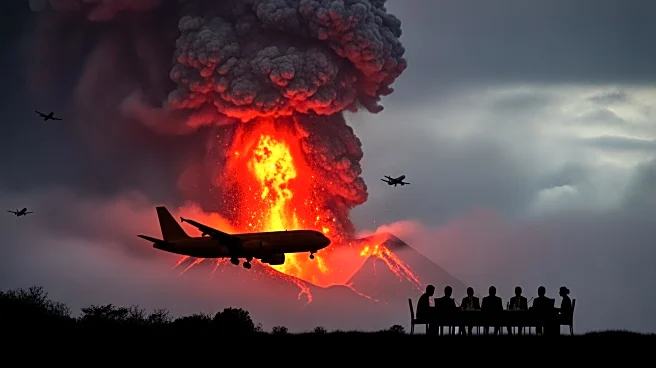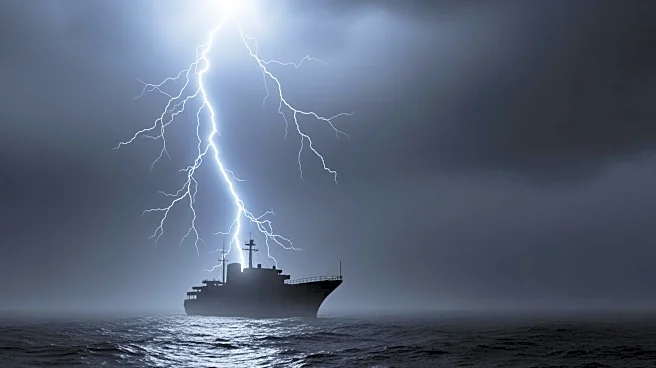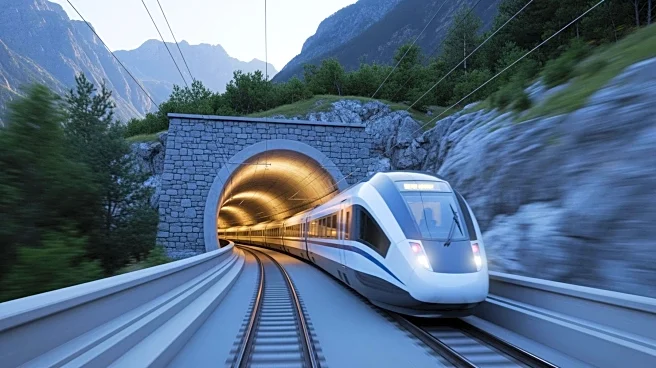What's Happening?
The Krasheninnikov volcano on Russia's Kamchatka Peninsula erupted for the first time in centuries, days after an 8.8-magnitude earthquake. The eruption sent ash 3.7 miles into the sky and was accompanied
by a 7.0-magnitude earthquake, prompting a tsunami warning that was later lifted. The Kamchatka Volcanic Eruption Response Team confirmed the eruption, noting it as the first historically confirmed eruption in 600 years.
Why It's Important?
The eruption underscores the potential for significant geological events to follow major earthquakes, particularly in tectonically active regions like Kamchatka. The event highlights the importance of monitoring dormant volcanoes, as they can become active following seismic disturbances. The eruption also poses potential risks to aviation due to ash clouds, necessitating ongoing vigilance and preparedness.
What's Next?
Authorities will continue to monitor the volcanic activity and assess any further risks to aviation and local communities. Scientists will study the eruption to gain insights into the interactions between seismic and volcanic activity. The data collected will contribute to improving predictive models and enhancing disaster preparedness strategies.











